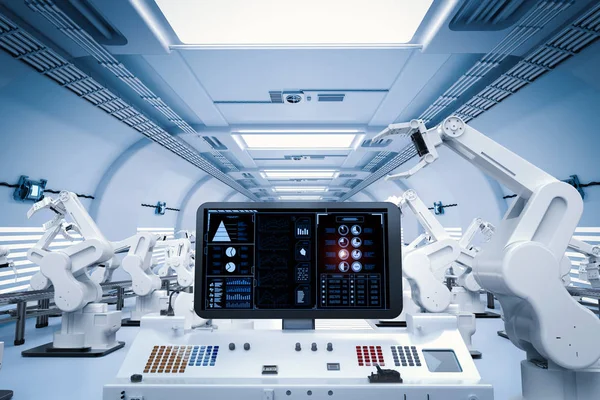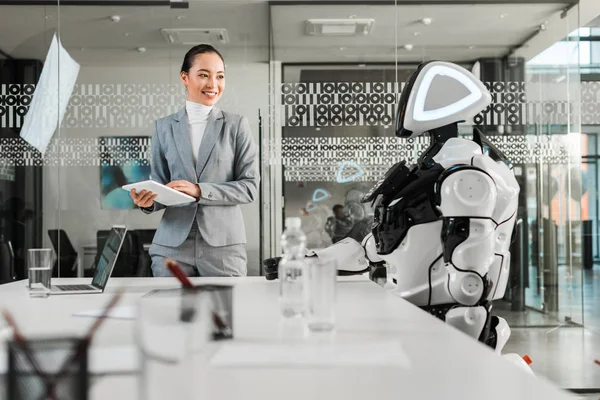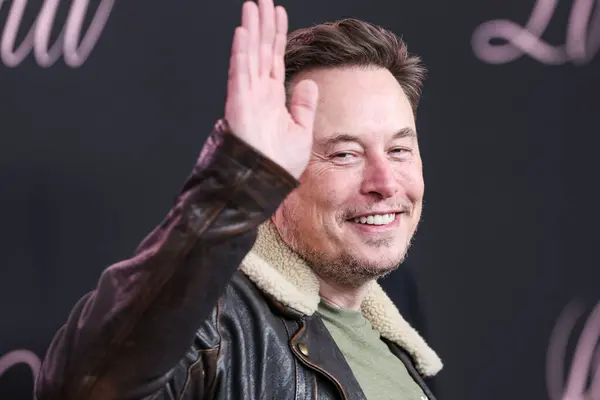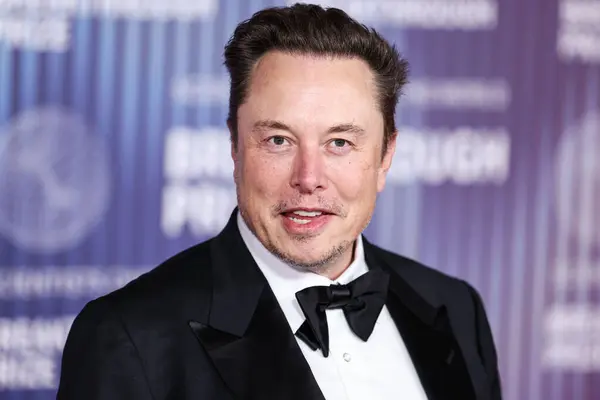
Could a humanoid robot really become the single most valuable product in history and rewrite the rules of the global economy? Elon Musk thinks so, and his bet is on Tesla’s Optimus. At Tesla’s recent shareholder meeting, Musk said the bipedal machine could “actually eliminate poverty” and expand the global economy “by a factor of 10 or maybe 100.” For a man who has called himself “pathologically optimistic,” it’s an audacious claim even by his standards but the technical and economic currents behind it are real, and they are accelerating.

1. From Factory Floors to Living Rooms
Optimus is not a concept sketch. Tesla has already shown prototypes walking, manipulating objects, and even pulling off light-hearted stunts-handing out candy on Halloween, dancing onstage, sparring in Kung Fu routines. The production roadmap is aggressive several thousand units in 2025 scaling to 50,000-100,000 the following year, while a long-term ambition of 10 million units annually from a Texas Gigafactory line. The design brief is broad-manual labor in manufacturing, heavy lifting, home assistance, and, as Musk himself puts it, even “following you around and stop[ping] you from doing crime.”

2. Engineering for General-Purpose Dexterity
The leap from industrial robots to a humanoid form factor is anything but cosmetic. As UC San Diego’s Michael Yip points out, giving robots arms and multi-fingered hands allows them to leverage the same AI foundation models now transforming industrial automation. That lets one platform learn and perform a wide range of tasks-from holding an ultrasound probe in surgery to serving as a factory line worker-without the prohibitive cost of designing special-purpose machines for each function.

3. Surgical Precision & Autonomous Intelligence
Musk’s claim that Optimus can perform surgery “better than the best human surgeon” echoes rapid improvements in AI-assisted robotic surgeries. Recent research, published in leading peer-reviewed journals, reveals that AI-driven systems can cut operative time by 25%, intraoperative complications by 30%, and have 40% improved targeting accuracy. SRT-H, a robot from Johns Hopkins trained on surgical videos, has completed complex gallbladder removals in an autonomous fashion with expert-level precision, making real-time adaptations to unexpected changes in anatomy. Integrating such capabilities into a humanoid platform could make surgical expertise globally scalable.

4. Scaling the “Infinite Money Glitch”
Musk calls Optimus “an infinite money glitch” because, in effect, embodied AI doesn’t have an intrinsic ceiling on productivity. While a software-only AI is limited by the constraints of cyberspace, a humanoid robot can run 24/7 in the physical world, multiplying economic output without the biological constraints of human labor. If every unit achieves even five times human annual productivity, as Musk predicts, tens of billions of robots could theoretically produce such abundance that the very meaning of wealth is rewritten.

5. The shift from UBI to UHI
The reason Musk talks not about Universal Basic Income but Universal High Income is because of the societal shockwave from mass humanoid deployment. Automation’s surplus, in his framing, needs to fund not subsistence but prosperity-“the best medical care, food, home, transport, and everything else.” Policy experts would note this requires new fiscal mechanisms for the measurement and taxation of automation surplus-a “missing meter” in current economic systems. Without this, UHI risks remaining a slogan rather than a system.

6. Workforce Displacement at AI Speed
Corporate leaders from Ford to Goldman Sachs are warning that AI could replace 6-7% of US jobs in the near term, with white-collar jobs as vulnerable as blue-collar ones. The World Economic Forum estimates as many as 92 million jobs could be displaced worldwide by 2030, even as 170 million new roles emerge. Here’s the problem retraining programs have a mixed record, and many workers who are displaced may not transition fast enough into new roles before automation outpaces job creation.

7. Humanoids as Healthcare Force Multipliers
Beyond surgery, humanoid robots could alleviate chronic labour shortages in healthcare. As Yip puts it, a general-purpose humanoid could serve as a scrub nurse, hold imaging devices or assist in patient handling-all tasks that take skilled staff away from higher-value care. This industrial-medical utility would strengthen the economic case for mass production, since the same platform could be widely deployed across manufacturing, logistics and hospitals.

8. Technical Bottlenecks and Production Risk
The engineering challenges are huge Musk has conceded that robot hands remain a big design bottleneck, and analysts have flagged execution risk in scaling production. Bank of America recently downgraded Tesla over concerns about timelines for both robotaxis and humanoids. Reaching the target price of $20,000 to $30,000 will require breakthroughs in component cost, manufacturing automation, and AI training efficiency.

9. The Economic Feedback Loop
If Optimus and its successors deliver on that promise, they will create a self-reinforcing economic loop embodied AI boosts productivity surplus wealth funds universal income universal income sustains consumer demand demand drives further AI deployment. But in the absence of intentional policy design, the loop may break, with gains concentrated among capital owners and labor markets destabilized before redistribution mechanisms take hold.
Musk’s vision of “sustainable abundance” depends on the alignment between engineering implementation and economic governance. The same robots that can assemble cars, perform surgeries, and patrol the streets could also force the most significant rethinking of income distribution since the invention of wage labor. Whether that results in a high-income utopia or a fractured economy will depend on decisions made long before Optimus reaches its billionth unit.

